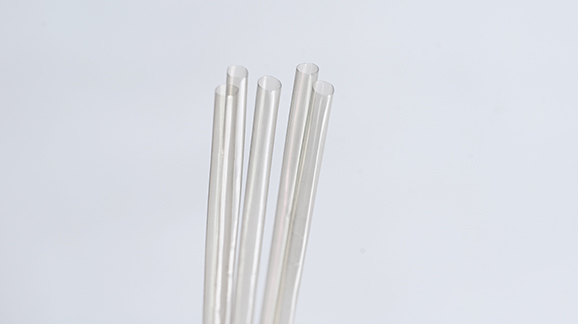The Role of PFAS in Medical Devices
Historically, PFAS have been integral to medical device innovation, offering unmatched non-stick properties and resistance to degradation under high-stress conditions. Their application ranges from the coatings of catheters to the seals of sensitive diagnostic equipment. However, the tide has turned as studies reveal the potential for adverse health effects, prompting the industry to reassess the risk-benefit equation of PFAS usage.
Global Regulatory Response
Regulatory bodies worldwide are not standing still. The European Union, leading the charge, has taken definitive steps towards banning certain PFAS in medical devices by 2025. This move is part of a broader initiative to safeguard public health and reflects a growing consensus on the urgency to address the PFAS challenge. Individual countries have also begun to lay down their regulatory frameworks, signaling a clear direction for global standards.

The Industry's Strategic Shift
Change is already afoot within the corridors of industry giants. Forward-thinking companies are aligning their corporate strategies with these new regulatory landscapes. They are dedicating resources to the identification and development of PFAS-free materials, signaling a commitment to both regulatory compliance and the health of end-users.
Towards Safer Alternatives
The search for PFAS alternatives is galvanizing innovation. New polymers are emerging that promise to match or even exceed the properties of PFAS without their associated risks. This search is not just a response to regulation; it's a commitment to patient safety and the long-term sustainability of medical devices.
Impact on Supply Chain and R&D
For supply chain and R&D professionals, the implications are profound. The sourcing of raw materials must now consider the long-term environmental and health impacts, while product development is tasked with integrating new materials without compromising on performance or reliability. This period of transition is a pivotal moment for industry professionals to steer their companies towards responsible innovation.
Eco's Proactive Measures
In the wake of these industry-wide shifts, Eco has positioned itself as a forerunner in the movement to mitigate PFAS risk. Eco has taken a multi-faceted approach:
Recognizing the severity of PFAS-related health concerns, Eco has bolstered its monitoring systems to stay abreast of regulatory changes and scientific advancements.
Anticipating a future where PFAS are no longer viable, Eco has preemptively revised its material selection criteria, emphasizing safety and sustainability.
The company is not just looking for alternatives but actively developing them, investing in research to create polymer solutions that ensure the same level of performance with none of the risks.
Eco understands that collaboration is key to successful industry evolution. By sharing knowledge and strategies, Eco is contributing to a collective approach that promises a smoother transition for all stakeholders.

Conclusion
The medical device industry's shift away from PFAS is not a mere regulatory hurdle; it represents a fundamental change in how we approach material safety and patient care. Companies like Eco are leading by example, proving that a proactive stance is not only feasible but also beneficial for the industry at large. As we forge ahead, it is clear that the path to innovation is paved with responsibility and a commitment to health and environmental stewardship.


Contact us
As a leading Contract Manufacturing Organization (CMO), we excel in custom medical catheters and membranes, from prototyping to mass production. Our focus: unparalleled R&D innovation and rigorous quality validation.





